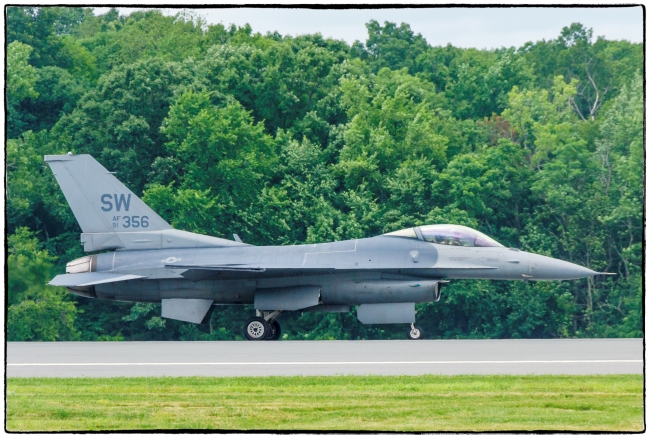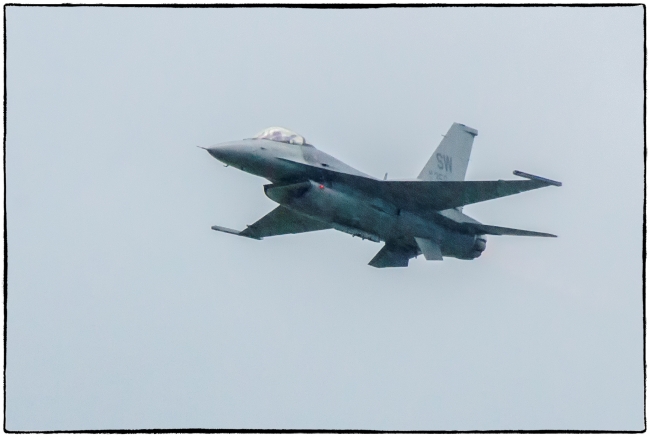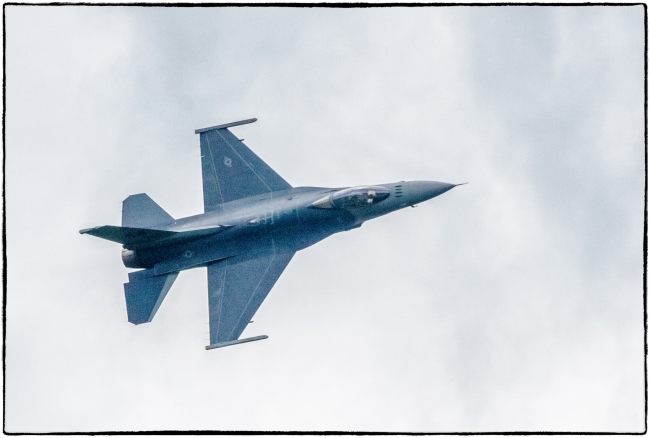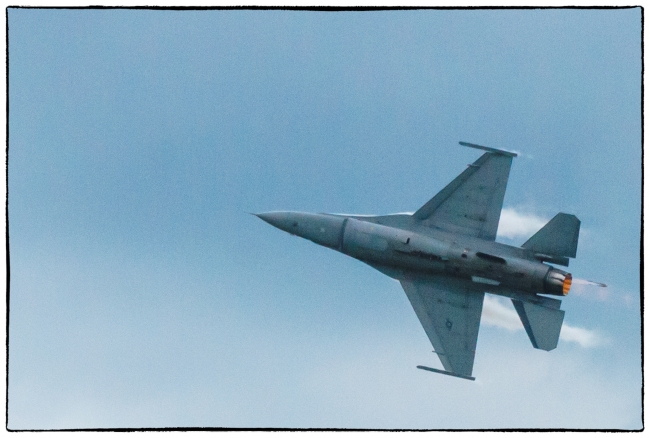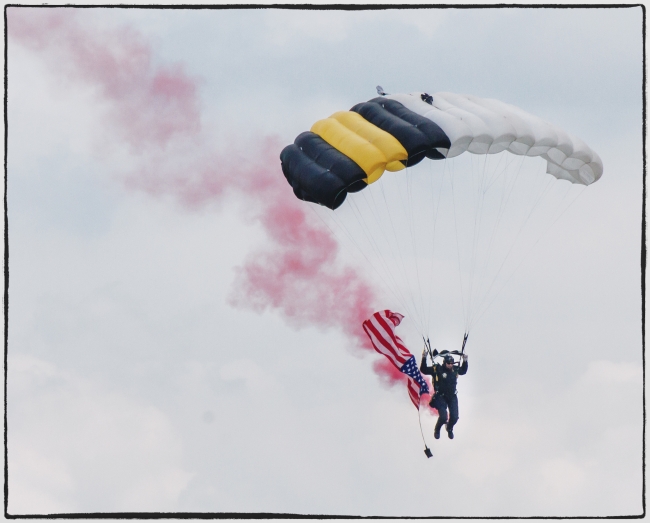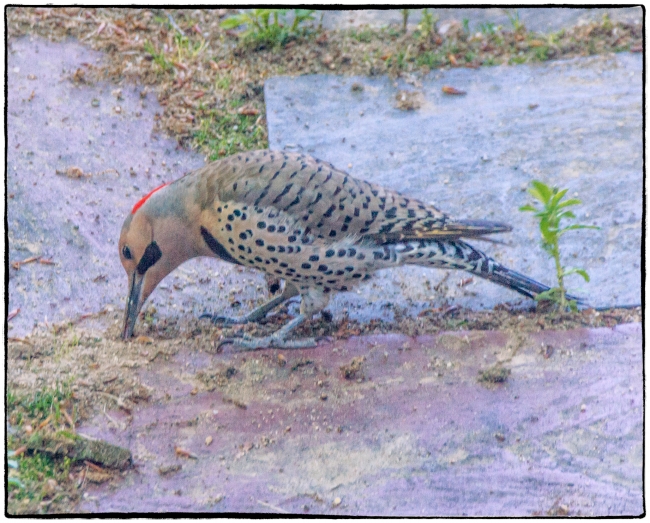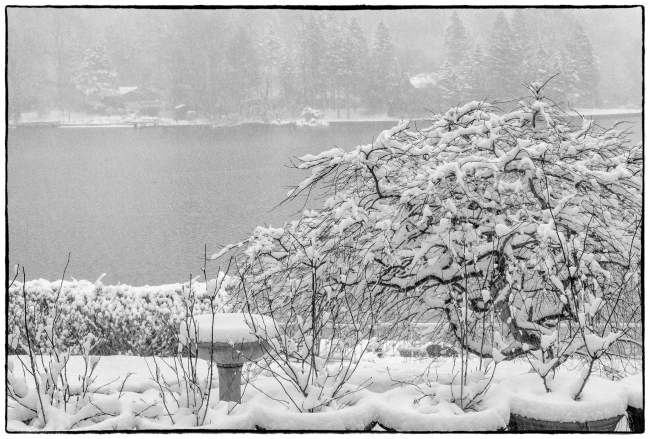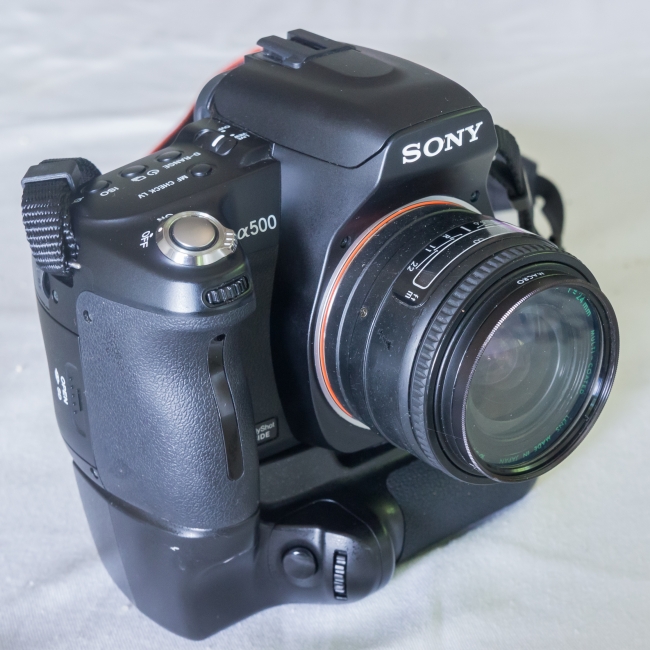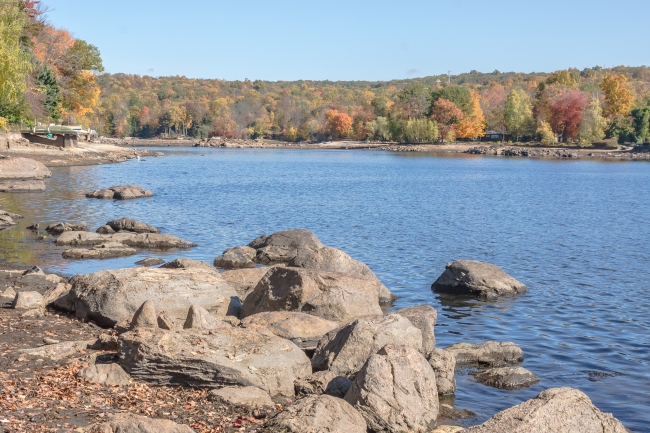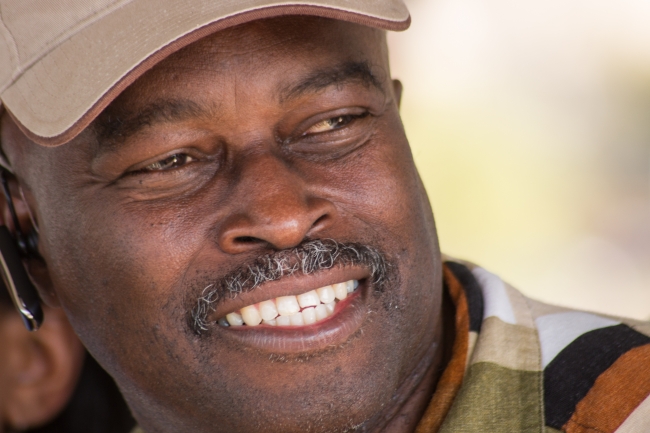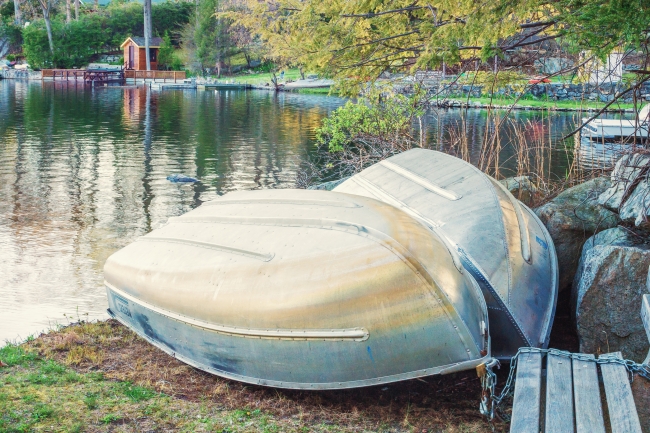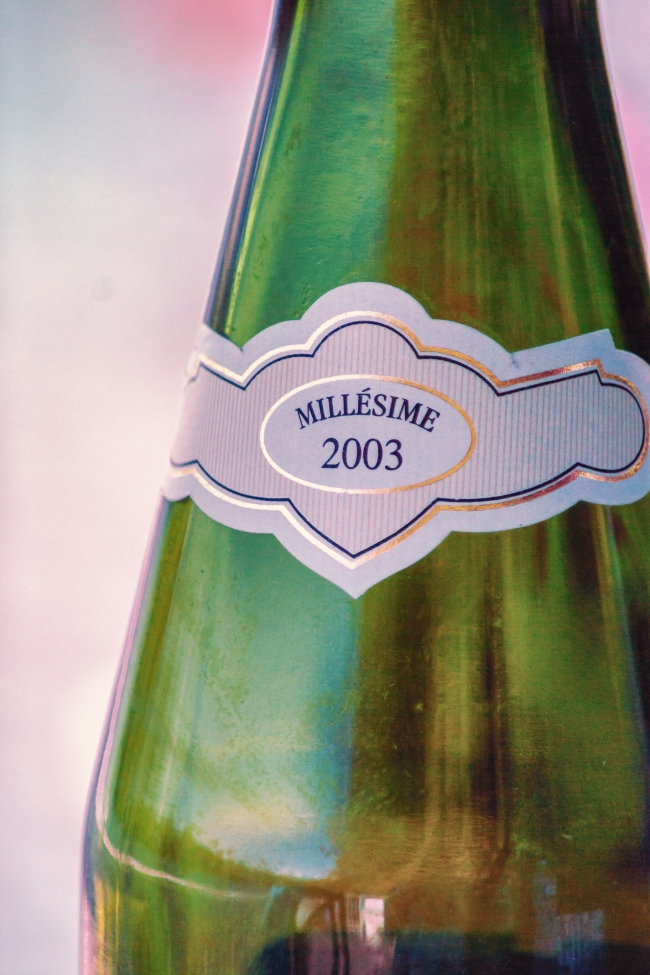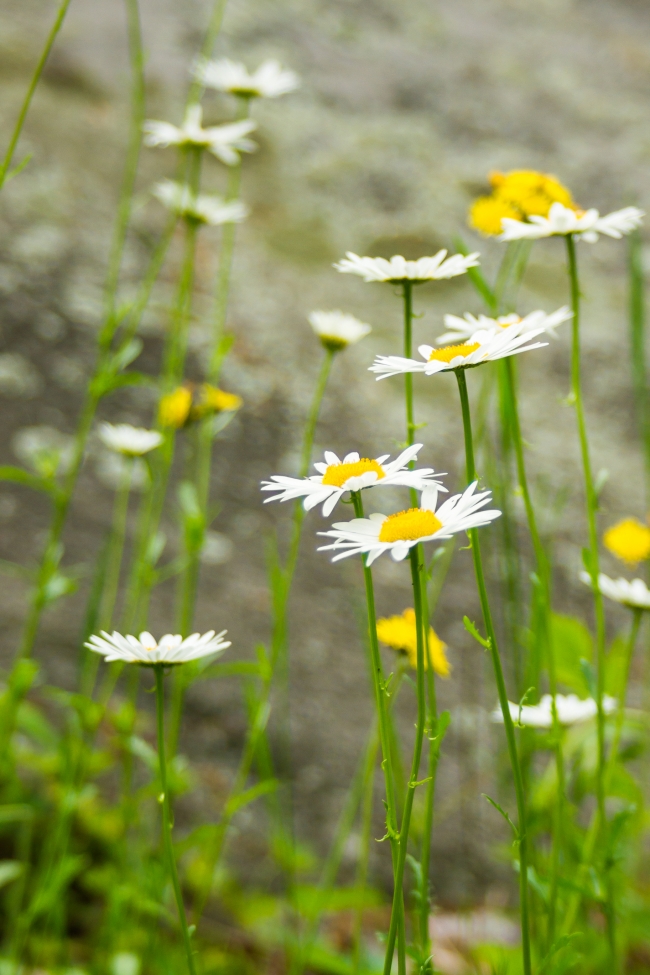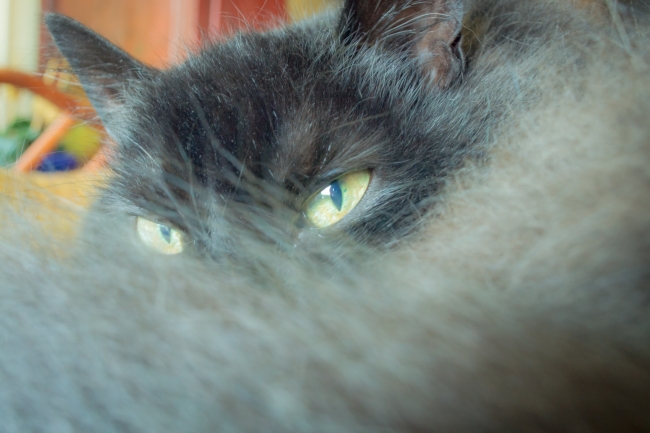In an earlier post I mentioned that I had never really taken to this camera and consequently hadn’t really given it a chance. So I thought I’d try it again. But first why didn’t I like it in the first place:
I think the first reason was that I rationalized my problem as being that as I got older carrying around a digital SLR was too much. However, this really wasn’t a good enough reason. It’s really not that big, or that heavy – especially compared to some other DSLRs. Yes – if you put a large zoom lens on it can dramatically increase the weight, but with a smaller, lighter prime lens or a lightweight zoom it’s not at all bad.
Somehow though I was uncomfortable with it – something to do with the balance maybe – especially when holding it vertically. My arms and wrists are not all that strong and I felt that I couldn’t keep it steady. To remedy this I bought an inexpensive battery grip. This helped a lot. I feel a lot more comfortable now.
Then there was the quality of the images. I wasn’t satisfied. I had three lenses. The kit lens that came with the Konica Minolta 5D (Konica Minolta DT 18-70mm f3.5-5.6), A Sigma 75-300mm f4.5-5.6, and a Konica Minolta 50mm f1.7. In looking back over my images I noticed that most of them had been taken with the kit lens, not renowned as a great performer. I had hardly used the others. So I bought some inexpensive (I doubt that I payed more than $150 for all of them) Konica Minolta autofocus lenses. Some of them were also kit lenses in their day, but with different focal lengths. I was also looking for a prime lens that would give me a 35mm equivalent. I don’t normally look at Quantaray lenses because I’ve read that they are “cheap and nasty”. However, in browsing on the internet I came across a 24mm Quantaray Tech-10 f2.8 (apparently it’s made by Sigma and is the same as the Sigma 24mm Ultrawide II), which seemed to get very good reviews. I’ve also been using the 50mm f1.7 more.
I’ve taken the camera out several times of late and I must say that I’m a lot happier now. I’m still getting used to some of the foibles, but all things considered I think I’ll use it more in the future. For a minimal investment (both in money and in time) I have a camera that I’m getting to like more and more.
Konica Minolta DT 18-70mm f3.5-5.6. Not a great lens.
Sigma 75-300mm f4.5-5.6. Not a bad lens. It’s large and heavy and quite slow. It’s hard to hand hold and I don’t like to lug around a tripod (maybe I should). The best shots I’ve made with this lens have been when I’ve used a monopod, as I did here.
Konica Minolta 35-70mm f3.5-4.5. I’ve only used this once. Seems like a fairly typical kit lens, maybe a bit better that the DT 18-70mm, but with less of a zoom range. In particular you lose the wide end particularly when the crop factor is taken into account.
Konica Minolta 70-210mm f4.5-5.6. Much lighter than the sigma. I’ve only used it once, but my sense is that the Sigma is sharper.
Konica Minolta 28-100mm f3.5-5.6. A third kit lens. Maybe similar quality to the other two, but it feels more comfortable. I also like the zoom range more, but nothing really wide.
Konica Minolta 50mm f1.7. Pretty decent lens, but with the crop factor a bit too long. Seems good for portraits. but I don’t take too many portraits.
Quantaray 24mm f2.8. I really like this lens (it’s on the camera in the picture above). In a addition to this picture the “Sylvan Glen” pictures were also taken with it. It’s small, light and has a good macro capability. It’s pretty sharp and I like the colors. It seems to have a tendency to flare, so I’ve purchased an inexpensive hood.

